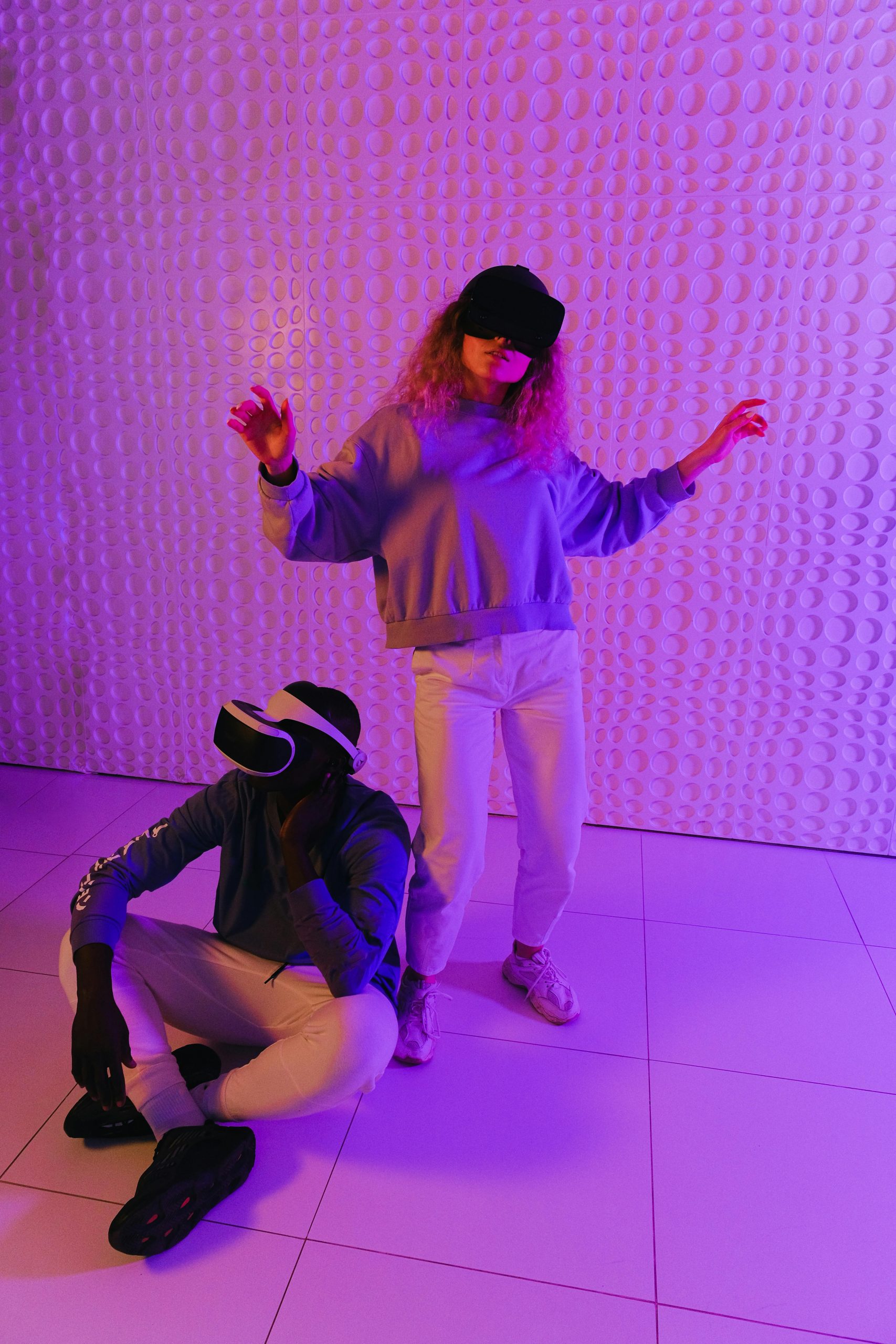Virtual Reality (VR) gaming has revolutionized the way we experience digital worlds, offering unparalleled immersion and interactivity. Whether you’re a hardcore gamer or a casual enthusiast, choosing the right VR headset can make all the difference. With so many options available, it can be overwhelming to pick the best one for your needs. In this guide, we’ll explore the top 7 VR headsets that deliver the ultimate immersive gaming experience, covering their features, pros, and cons.
1. Oculus Quest 2
The Oculus Quest 2 by Meta (formerly Facebook) is one of the most popular VR headsets on the market, and for good reason. It offers a wireless, standalone experience with no need for a PC or external sensors. With a high-resolution display, smooth 90Hz refresh rate, and a vast library of games, it’s perfect for both beginners and seasoned gamers.
Key Features:
- Standalone design with no wires or external sensors
- High-resolution LCD display (1832 x 1920 per eye)
- Extensive game library with exclusive titles
li>Supports Oculus Link for PC VR gaming
Pros: Affordable, easy to set up, wireless freedom.
Cons: Requires a Facebook/Meta account, limited battery life.
2. Valve Index
For gamers seeking the highest-end VR experience, the Valve Index is a top contender. Known for its exceptional tracking, high refresh rate, and premium controllers, it’s a favorite among PC VR enthusiasts. Though it requires a powerful gaming PC, the investment is worth it for the unparalleled immersion.
Key Features:
- 144Hz refresh rate for ultra-smooth gameplay
- Precision tracking with external base stations
- Knuckles controllers with finger tracking
- Comfortable design with adjustable IPD
Pros: Best-in-class tracking, high refresh rate, premium build.
Cons: Expensive, requires a high-end PC.
3. PlayStation VR2
Sony’s PlayStation VR2 is the next-gen VR headset designed exclusively for the PlayStation 5. With 4K HDR visuals, eye-tracking, and haptic feedback, it delivers a console-based VR experience like no other. If you’re a PS5 owner, this headset is a must-have.
Key Features:
- 4K OLED display with HDR support
- Eye-tracking and foveated rendering
- Adaptive triggers and haptic feedback in controllers
- Plug-and-play setup with PS5
Pros: Stunning visuals, seamless PS5 integration.
Cons: Only works with PS5, limited game library at launch.
4. HTC Vive Pro 2
The HTC Vive Pro 2 is a powerhouse for gamers who demand top-tier visuals and performance. With a 5K resolution and 120Hz refresh rate, it’s one of the best PC VR headsets available. Its modular design also allows for upgrades like wireless adapters and full-body tracking.
Key Features:
- 5K resolution (2448 x 2448 per eye)
- 120Hz refresh rate for smooth gameplay
- Compatible with SteamVR tracking
- Supports wireless play with an adapter
Pros: Incredible resolution, modular upgrades.
Cons: Expensive, requires a high-end PC.
5. HP Reverb G2
Developed in collaboration with Valve and Microsoft, the HP Reverb G2 offers a balance of affordability and high-quality visuals. Its inside-out tracking and crisp resolution make it a great choice for sim racing and flight games.
Key Features:
- 2160 x 2160 resolution per eye
- Inside-out tracking for easy setup
- Comfortable design with adjustable lenses
- Works with Windows Mixed Reality and SteamVR
Pros: Sharp visuals, comfortable fit.
Cons: Mediocre controllers, limited tracking range.
6. Pico 4
The Pico 4 is a strong competitor to the Oculus Quest 2, offering similar standalone capabilities with some unique advantages. With pancake lenses for better clarity and a sleek design, it’s gaining traction in the VR market.
Key Features:
- Standalone VR with no PC required
- Pancake lenses for reduced glare
- Higher resolution than Quest 2 (2160 x 2160 per eye)
- Lightweight and balanced design
Pros: Great visuals, comfortable to wear.
Cons: Smaller game library, limited availability in some regions.
7. Meta Quest Pro
For those who want the best of both worlds—gaming and productivity—the Meta Quest Pro is a premium choice. With advanced mixed-reality capabilities and high-end specs, it’s ideal for gamers who also use VR for work or creative projects.
Key Features:
- High-resolution LCD with local dimming
- Advanced pancake lenses for clarity
- Face and eye tracking for social VR
- Color passthrough for mixed reality
Pros: Premium build, versatile use cases.
Cons: Expensive, not solely focused on gaming.
Conclusion
Choosing the
